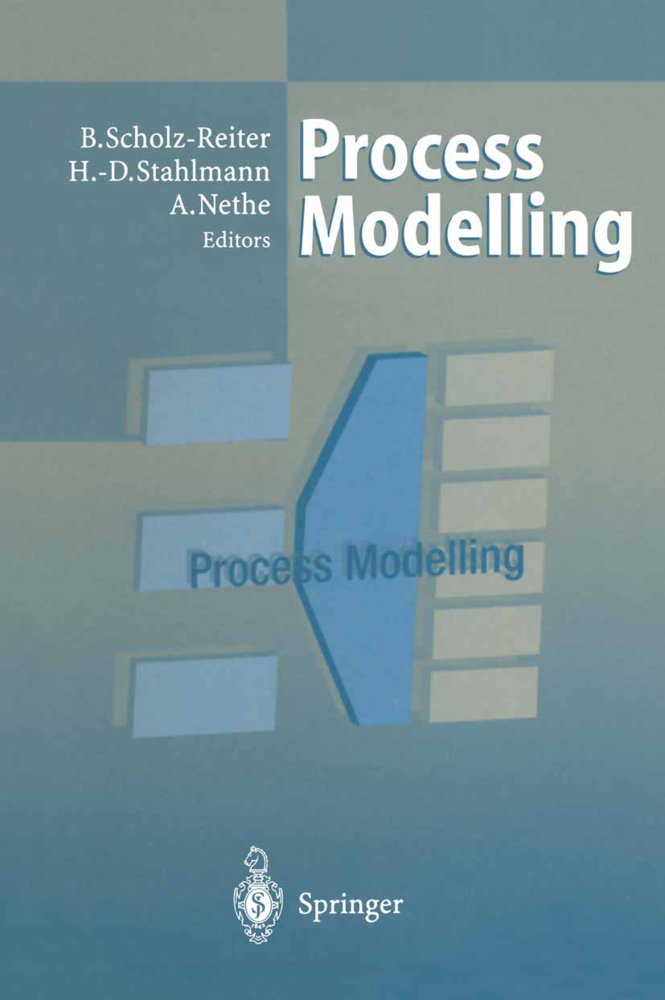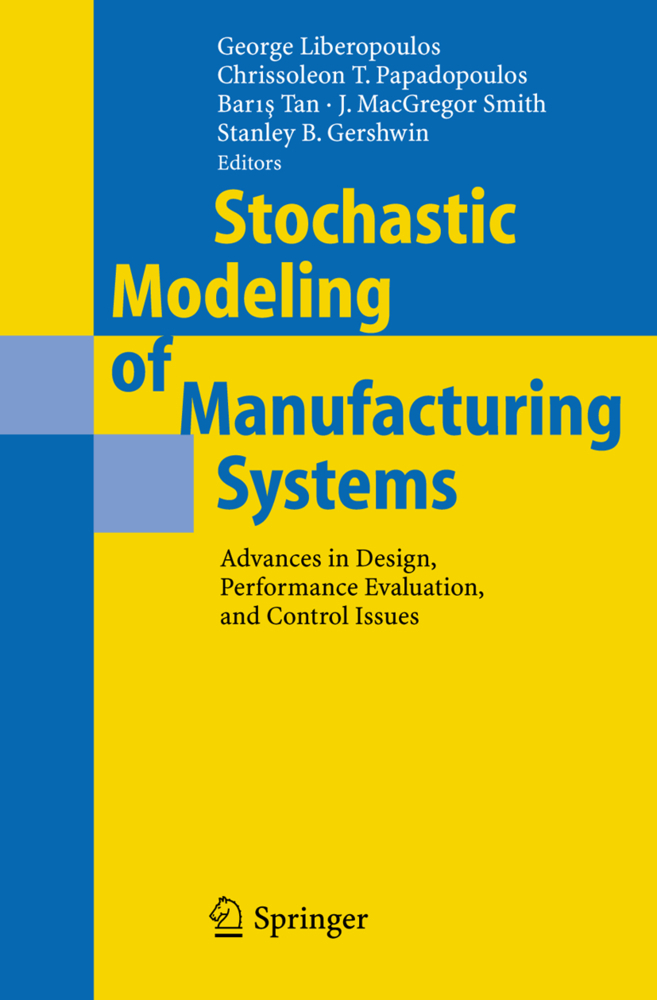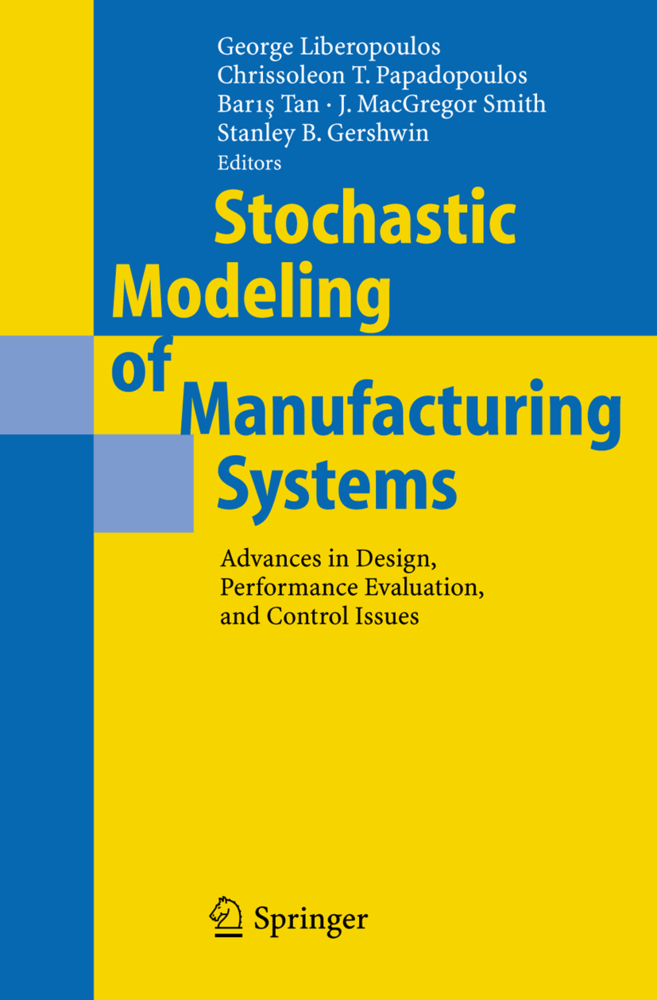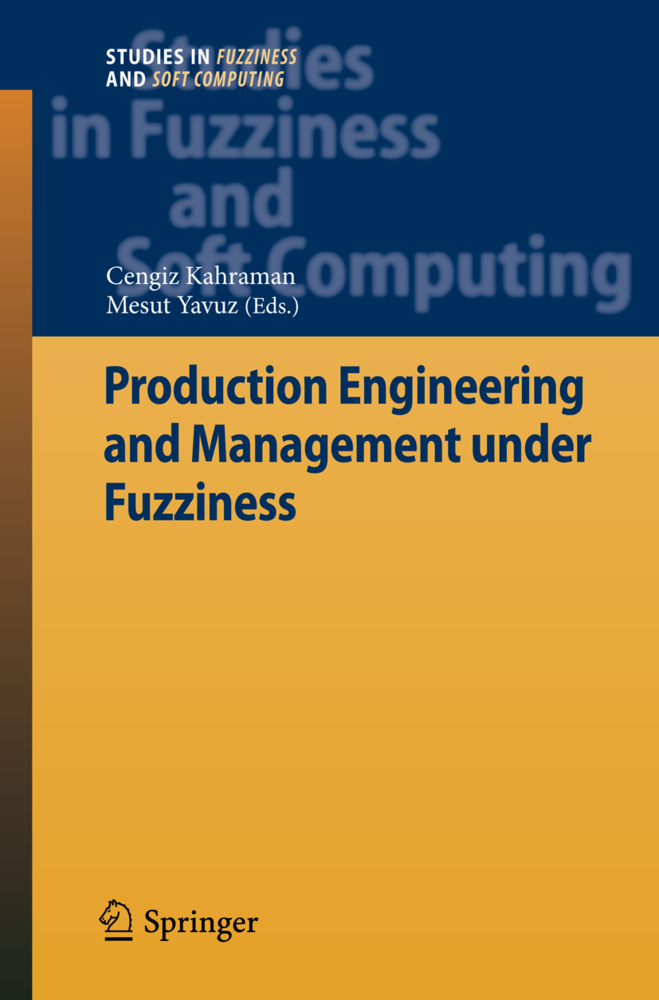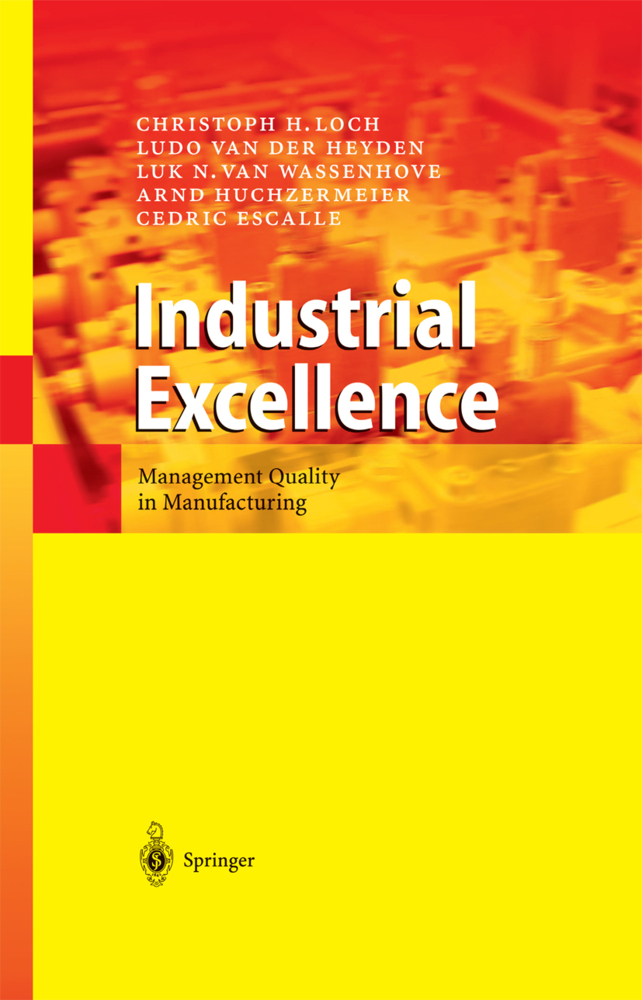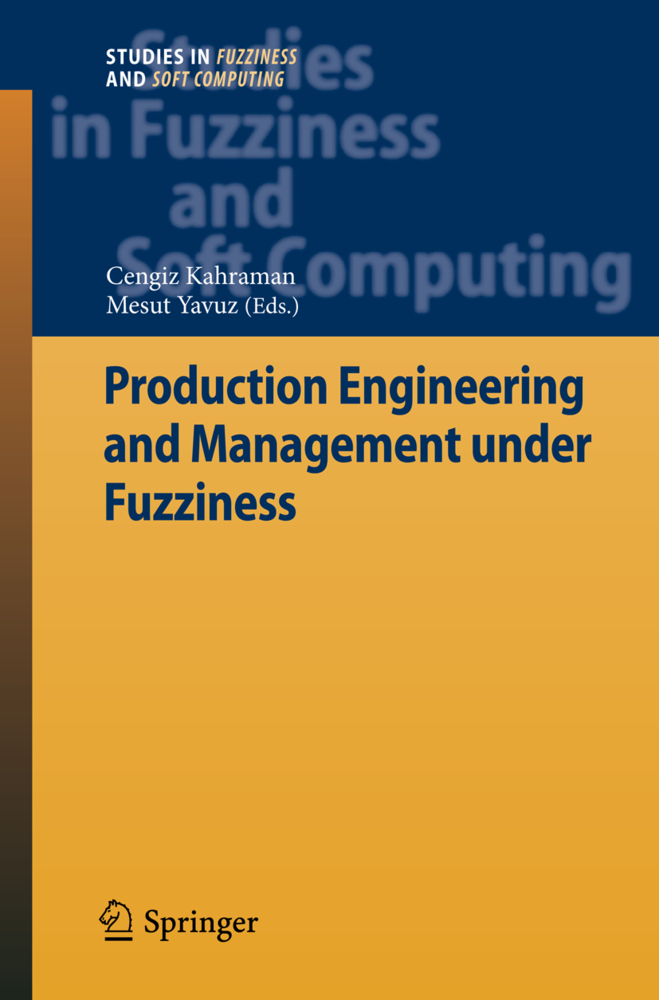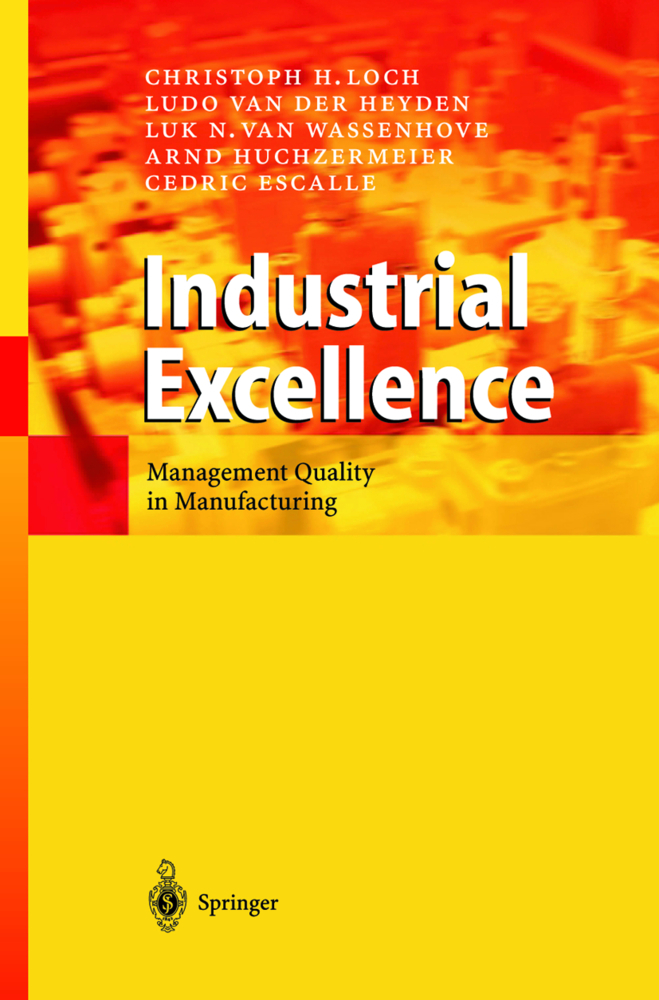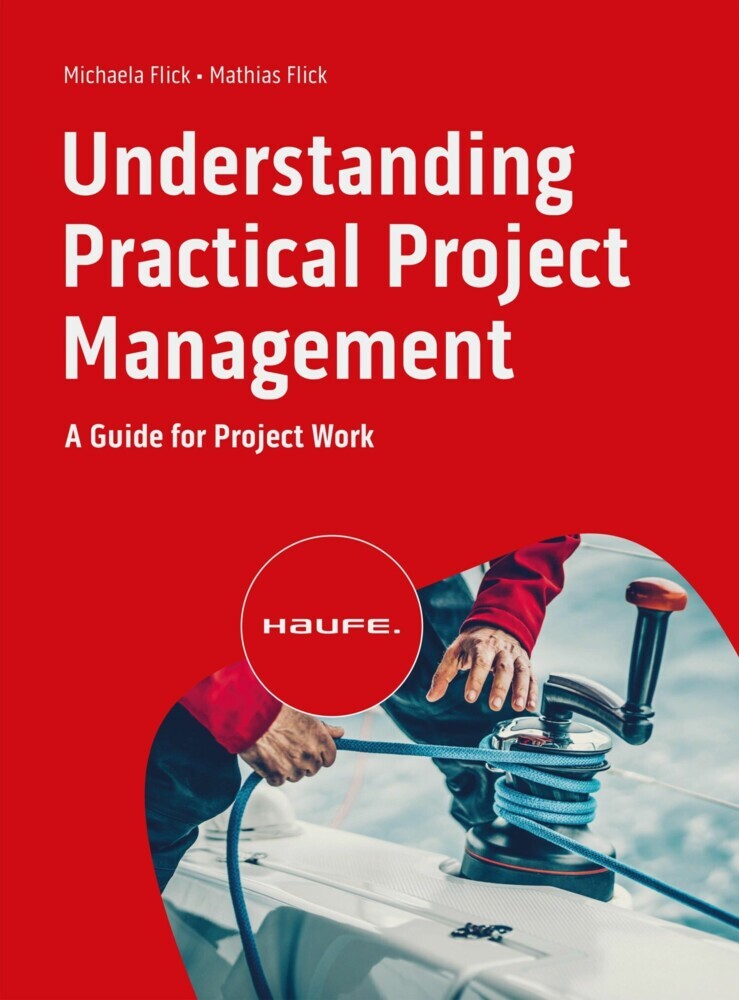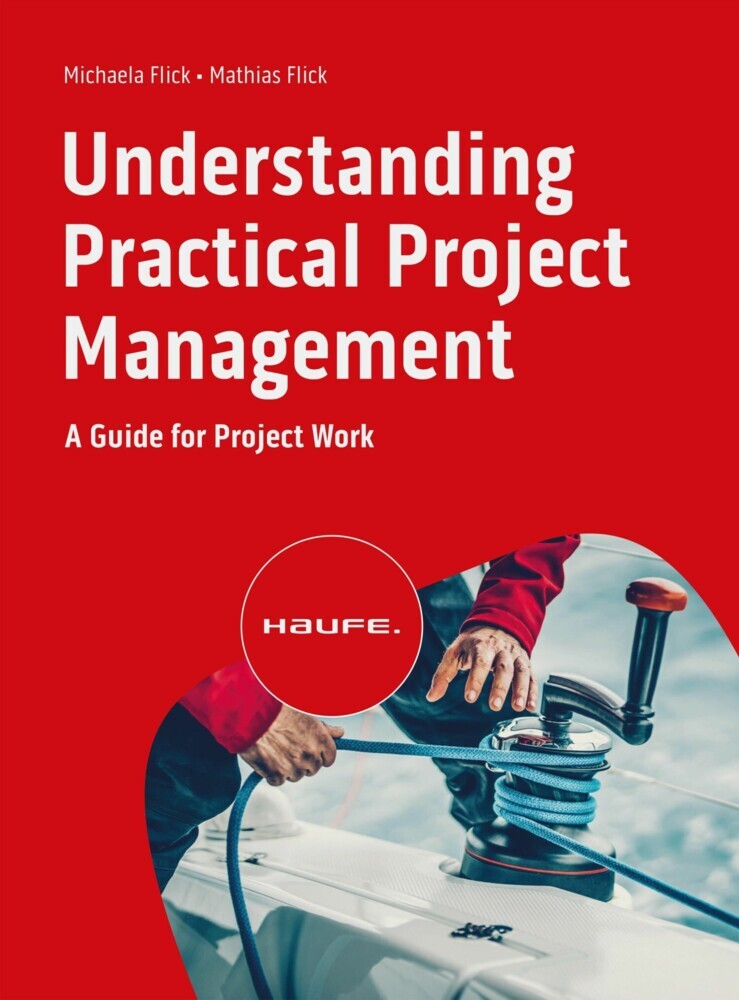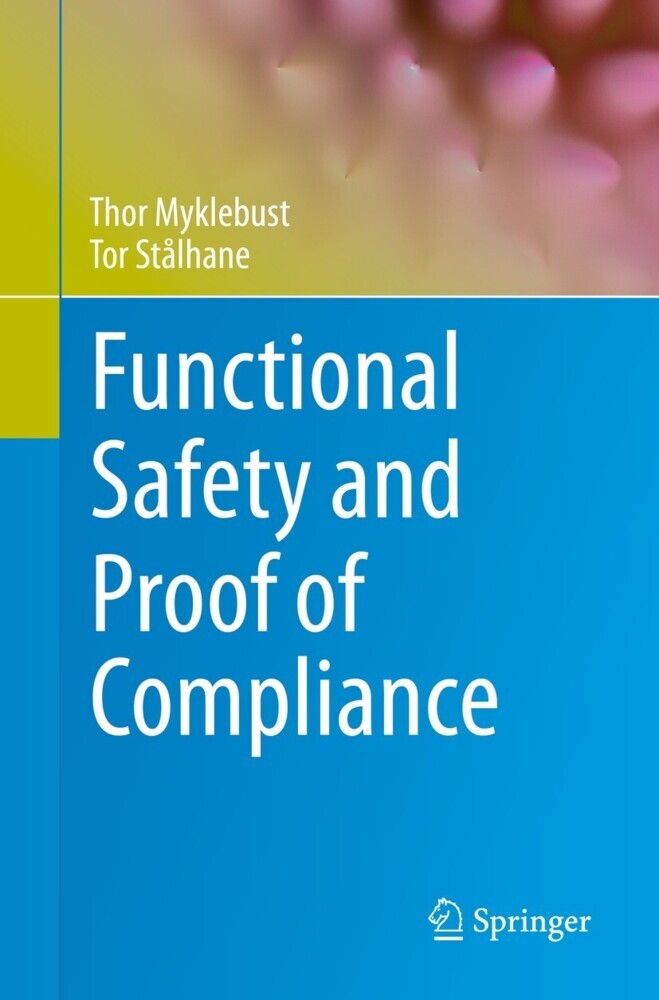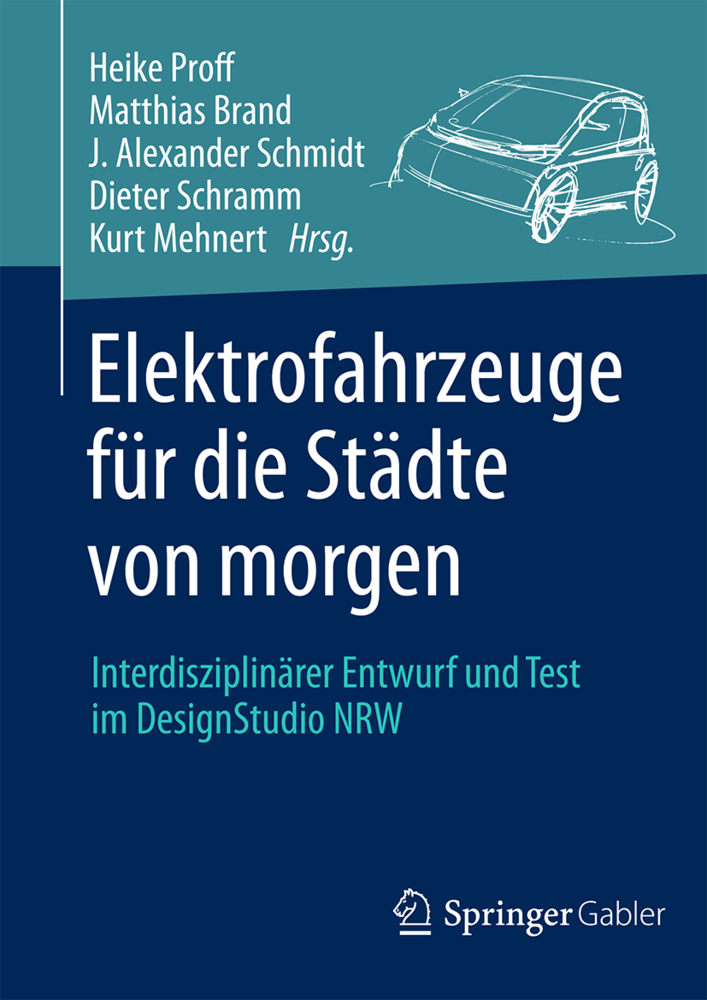Process Modelling
Process Modelling
A process model is very often used for system analysis, design and management in various application areas. Using a process model has the advantage that it has only to be as precise as necessary within the parameters of the individual field of application, whereas the precision externally is less important. This makes process modeling easier and open for structuring. The contributions deal with different approaches to process modelling, especially in the areas of business process modelling, logistics and production processes and water systems.
1 Common Approaches
Survey of a General Theory of Process Modelling
Automatic Model Generation in Process Modelling
The Modelling Process and Petri Nets: Reasoning on Different Approaches
High-Level Modelling of Development Processes
Aspects and Potentiality of Unconventional Modelling of Processes in Sporting Events
Studying of the Influence of Phytoviruses on Plants' Organism in Conditions of Ecological Instability and its Estimation by Mathematical Modelling in CEIS System
2 Business Processes Modelling
Guidelines of Modelling (GoM) for Business Process Simulation
Modelling and Evaluation of Processes Based on Enterprise Goals
Performance Measurement Based Process Modelling
Transparency and Flexibility: Towards an Adaptable Environment for Cooperative Modelling
Transformation of Static Process Models into Dynamic Simulations: Issues and Considerations
Process Modelling during the Determining of Offers for Castings
Potential of Business Process Modelling with Regard to Available Workflow Management Systems
Flexible Process Management
Benchmark-based Dynamic Process Management with an Example of a Decentralised Organised Service Industry
Computer Integrated Redesign and Visualisation of Business Processes
3 Logistics Processes
Componentware for Supporting Transport Logistics
Modelling of Track Bound Line Operation in Public Transport Systems
4 Engineering Processes
The Application of the Hamiltonian Formalism by Means of Tensor Calculus to an Electrical Circuit
Determination of the Magnetic Stray Field with an Equivalent Source Model
The Development of a Process Model in the Energy Supply System
Different Techniques of the Modelling of Hydrodynamic Couplings.-5 Production Processes
Simulation-based Production Control for Complex Industrial Processes by the Use of a Multilevel Concept
Process Prototyping of Manufacturing Processes
Advanced Software Improves Decision Quality in Rolling Mill Technology
Process Optimisation in the Packaging Industry of the Energy Industry: Optimisation of Weight Limits
Process Model for the Abrasion Mechanism during Micro Abrasive Blasting (MAB) of Brittle Materials
Model Based Approaches for Closed-Loop Quality Control in Injection Moulding
Pharmaceutical Process Modelling
6 Modelling and Simulation of Water Systems
Modelling and Simulation of Ground Water Processes
Modelling Approaches for Water Flow and Solute Transport through a Porous Medium
Space-Time-Modelling of Ascending Salty Sewage Water in the Werra-Potash District
Mass- and Energy Migration in Low Pervious Material
Modelling Philosophy in the Structural Analysis of Dams
Time Series Analysis of Water Quality Data
In Situ Determination of Unsaturated Hydraulic Conductivity of Subsurface Soil in the Vadose Zone by the Technique of Modified Pressure Infiltrometer
Simulation.
Preface V
B. Scholz-Reiter, A. Nethe, H.-D. Stahlmann1 Common Approaches
Survey of a General Theory of Process Modelling
Automatic Model Generation in Process Modelling
The Modelling Process and Petri Nets: Reasoning on Different Approaches
High-Level Modelling of Development Processes
Aspects and Potentiality of Unconventional Modelling of Processes in Sporting Events
Studying of the Influence of Phytoviruses on Plants' Organism in Conditions of Ecological Instability and its Estimation by Mathematical Modelling in CEIS System
2 Business Processes Modelling
Guidelines of Modelling (GoM) for Business Process Simulation
Modelling and Evaluation of Processes Based on Enterprise Goals
Performance Measurement Based Process Modelling
Transparency and Flexibility: Towards an Adaptable Environment for Cooperative Modelling
Transformation of Static Process Models into Dynamic Simulations: Issues and Considerations
Process Modelling during the Determining of Offers for Castings
Potential of Business Process Modelling with Regard to Available Workflow Management Systems
Flexible Process Management
Benchmark-based Dynamic Process Management with an Example of a Decentralised Organised Service Industry
Computer Integrated Redesign and Visualisation of Business Processes
3 Logistics Processes
Componentware for Supporting Transport Logistics
Modelling of Track Bound Line Operation in Public Transport Systems
4 Engineering Processes
The Application of the Hamiltonian Formalism by Means of Tensor Calculus to an Electrical Circuit
Determination of the Magnetic Stray Field with an Equivalent Source Model
The Development of a Process Model in the Energy Supply System
Different Techniques of the Modelling of Hydrodynamic Couplings.-5 Production Processes
Simulation-based Production Control for Complex Industrial Processes by the Use of a Multilevel Concept
Process Prototyping of Manufacturing Processes
Advanced Software Improves Decision Quality in Rolling Mill Technology
Process Optimisation in the Packaging Industry of the Energy Industry: Optimisation of Weight Limits
Process Model for the Abrasion Mechanism during Micro Abrasive Blasting (MAB) of Brittle Materials
Model Based Approaches for Closed-Loop Quality Control in Injection Moulding
Pharmaceutical Process Modelling
6 Modelling and Simulation of Water Systems
Modelling and Simulation of Ground Water Processes
Modelling Approaches for Water Flow and Solute Transport through a Porous Medium
Space-Time-Modelling of Ascending Salty Sewage Water in the Werra-Potash District
Mass- and Energy Migration in Low Pervious Material
Modelling Philosophy in the Structural Analysis of Dams
Time Series Analysis of Water Quality Data
In Situ Determination of Unsaturated Hydraulic Conductivity of Subsurface Soil in the Vadose Zone by the Technique of Modified Pressure Infiltrometer
Simulation.
Scholz-Reiter, Bernd
Stahlmann, Hans-Dietrich
Nethe, Arnim
| ISBN | 978-3-642-64265-4 |
|---|---|
| Artikelnummer | 9783642642654 |
| Medientyp | Buch |
| Auflage | Softcover reprint of the original 1st ed. 1999 |
| Copyrightjahr | 2011 |
| Verlag | Springer, Berlin |
| Umfang | X, 558 Seiten |
| Abbildungen | X, 558 p. |
| Sprache | Englisch |

